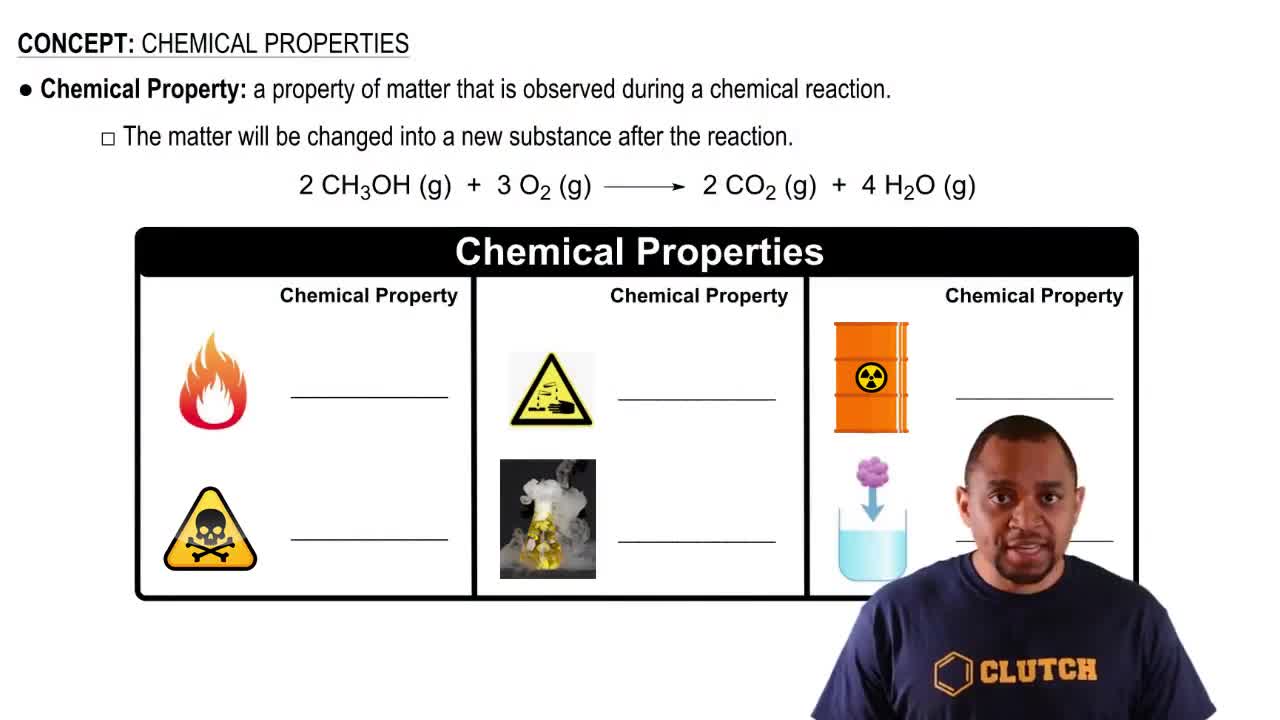Here are the essential concepts you must grasp in order to answer the question correctly.
Chemical Nomenclature
Chemical nomenclature is the systematic naming of chemical compounds based on established rules. It allows chemists to communicate clearly about substances, ensuring that each name corresponds to a specific chemical structure. Understanding nomenclature is essential for identifying compounds and their properties, especially in organic and inorganic chemistry.
Recommended video:
Acids and Bases
Acids are substances that can donate protons (H+) in a solution, while bases can accept protons. The compound HC2H3O2 is acetic acid, a common weak acid. Recognizing the characteristics of acids and bases is crucial for naming and understanding their behavior in chemical reactions and solutions.
Recommended video:
Arrhenius Acids and Bases
Aqueous Solutions
An aqueous solution is a solution in which water is the solvent. The notation (aq) indicates that the compound is dissolved in water, affecting its properties and behavior. Understanding the role of solvents, particularly water, is vital for predicting how compounds interact in solution and for naming compounds correctly.
Recommended video:
Types of Aqueous Solutions



